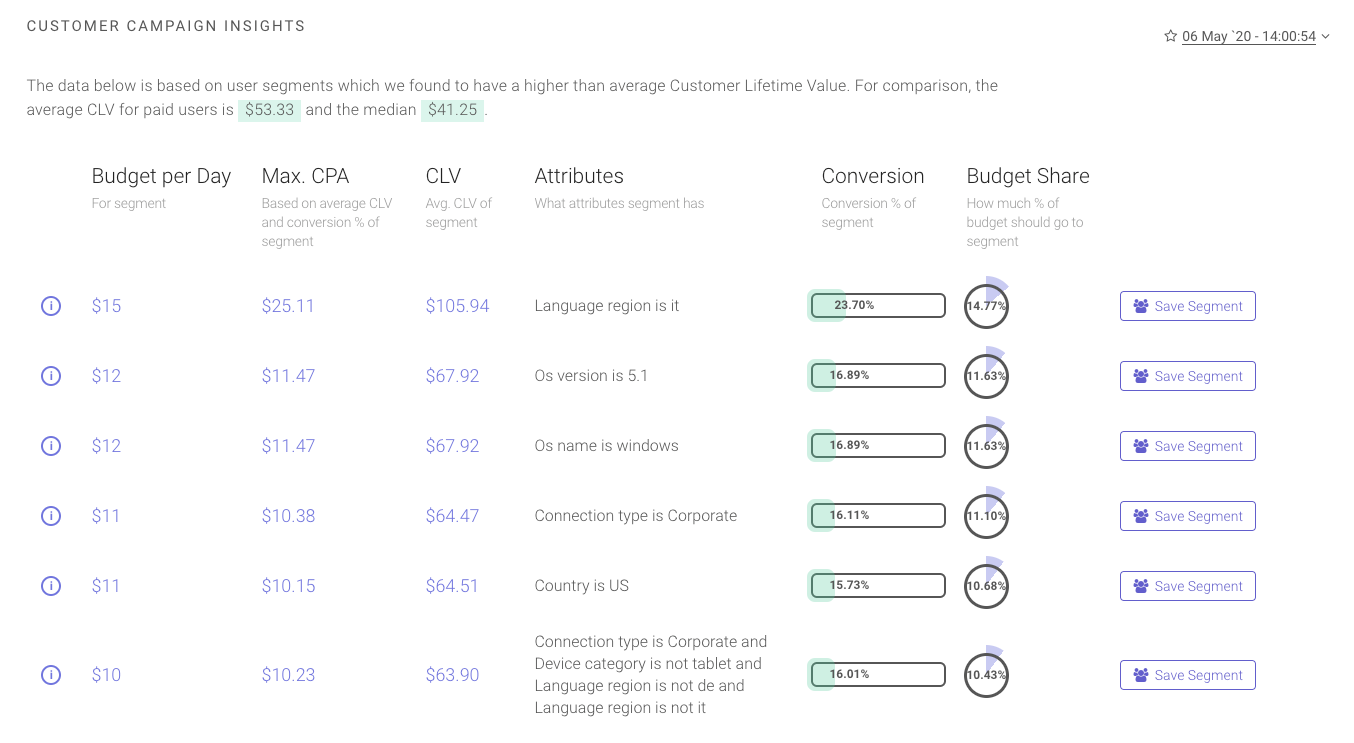Introduction to the Stormly platform
Platform overview
For a big picture overview of the Stormly platform, there a three main elements:
Projects — contains end-user's data.
Templates — solve a specific business case and can be opened on top of end-user's project, basically like a file. Contains Insights, Plugins, Reports, questions and other elements. Templates can be shared in the Marketplace or kept private. Public templates can be forked by others.
Find and share public Templates in the marketplace:

Results For End-Users — this can be in the form of Insights, plugin outputs, notifications, deployments and more.
Aha-Moment Insight displaying its results to end-user:

Platform details
Click the image below to get a detailed overview of how the platform components interact with each other such as plugins, variables, code and more:

Deciding what to build
The first step before you start building, is to decide what you'd like to build. There are roughly three options:
Insight — glue that ties all template components such as plugins, questions, reports, intelligence models, virtual user properties and segments together using an easy to use JS API and JSX visualization layer. By using Insights you can fully automate any analytics process according to business needs and industry.
An example would be an Insight that detects high-converting user segments and their properties. These properties and their conversion will be used to determine how much of an advertising budget should go to which user profiles. The Insight would ask two questions — one about the conversion event you want to optimize the campaign for and another for the monthly campaign budget.
If this is what you need, go directly to the Insights documentation.
Here is an Insight that provides campaign acquisiting details:

Report plugin — uses a report as data source. Can be a
timeseries(e.g. for forecasting),list of all users(e.g. for a/b testing) or alist of all events(e.g. for anomaly detection). Can be run by end-user from thePluginsdrop-down menu on any report results page, or used in the Insight API to glue them together with other components.Example of a forecast plugin run on top of a daily sales report:

If this is what you need, go directly to the Report plugin documentation.
Intelligence plugin — uses an intelligence model as data source. An intelligence model can have a binary goal (
trueorfalse), or no goal for unsupervised models like clustering. A few examples of available intelligence goals are:- User did event
X. - Sum of some event property for user is at least
X. - User came back after
Xdays. - User had
Xsessions. - User complete step
Xof a funnel. - Any custom goal defined by SQL.
Example output of a clustering plugin:

If this is what you need, go directly to the Intelligence plugin documentation.
- User did event